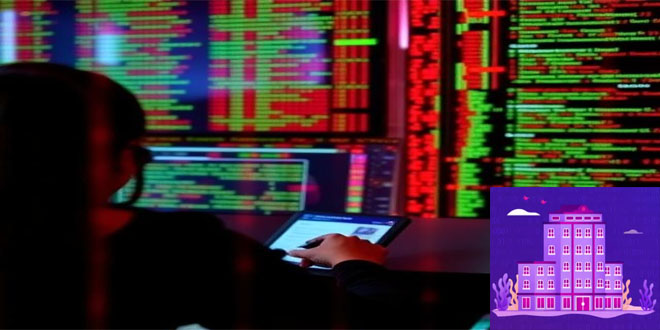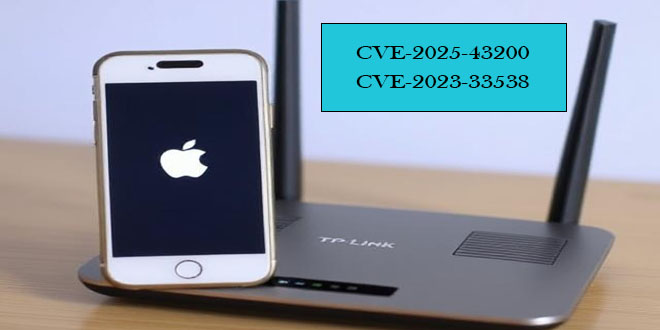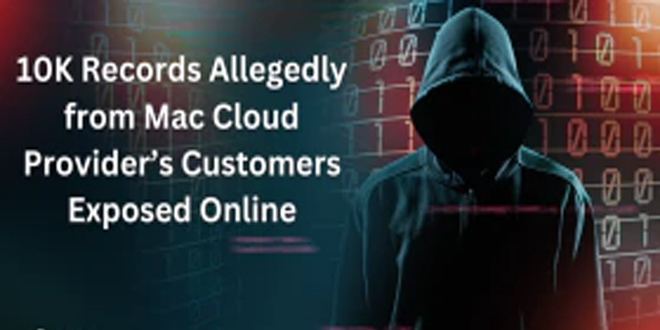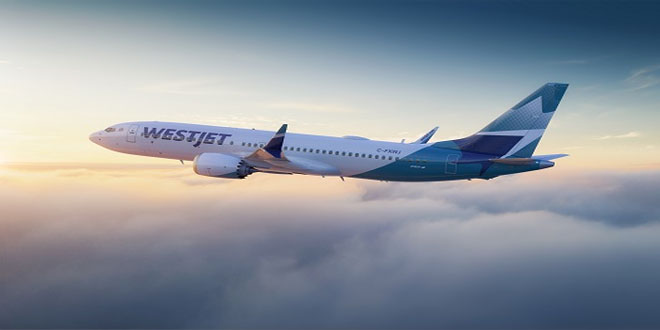A new ransomware named Eldorado appeared in March and has locker versions for VMware ESXi and Windows. The gang has claimed 16 victims, mostly in the U.S., in various sectors including real estate, education, healthcare, and manufacturing.
Researchers from Group-IB observed the activity of Eldorado. They found that the operators of Eldorado were advertising their harmful service on RAMP forums and looking for experienced affiliates to join their program.
By infosecbulletin
/ Wednesday , June 18 2025
Russian cybersecurity experts discovered the first local data theft attacks using a modified version of legitimate near field communication (NFC)...
Read More
By infosecbulletin
/ Tuesday , June 17 2025
Cybersecurity researcher Jeremiah Fowler discovered an unsecured database with 170,360 records belonging to a real estate company. It contained personal...
Read More
By infosecbulletin
/ Tuesday , June 17 2025
GreyNoise found attempts to exploit CVE-2023-28771, a vulnerability in Zyxel's IKE affecting UDP port 500. The attack centers around CVE-2023-28771,...
Read More
By infosecbulletin
/ Tuesday , June 17 2025
The U.S. Cybersecurity and Infrastructure Security Agency (CISA) has recently included two high-risk vulnerabilities in its Known Exploited Vulnerabilities (KEV)...
Read More
By infosecbulletin
/ Monday , June 16 2025
SafetyDetectives’ Cybersecurity Team discovered a public post on a clear web forum in which a threat actor claimed to have...
Read More
By infosecbulletin
/ Sunday , June 15 2025
WestJet, Canada's second-largest airline, is looking into a cyberattack that has affected some internal systems during its response to the...
Read More
By infosecbulletin
/ Saturday , June 14 2025
Resecurity found 7.4 million records of Paraguayan citizens' personal information leaked on the dark web today. Last week, cybercriminals attempted...
Read More
By infosecbulletin
/ Friday , June 13 2025
HashiCorp has revealed a critical vulnerability in its Nomad tool that may let attackers gain higher privileges by misusing the...
Read More
By infosecbulletin
/ Friday , June 13 2025
SoftBank has disclosed that personal information of more than 137,000 mobile subscribers—covering names, addresses, and phone numbers—might have been leaked...
Read More
By infosecbulletin
/ Friday , June 13 2025
Serious security vulnerabilities in Trend Micro Apex One could allow attackers to inject malicious code and elevate their privileges within...
Read More
Encrypting Windows and Linux:
Eldorado is a ransomware that can encrypt both Windows and Linux platforms. The researchers got an encryptor from the developer. The user manual says that there are 32/64-bit versions for VMware ESXi hypervisors and Windows.
Group-IB says that Eldorado is a unique development “and does not rely on previously published builder sources.”
The malware uses the ChaCha20 algorithm to encrypt files, with a unique 32-byte key and 12-byte nonce for each file. These keys and nonces are then encrypted using RSA with the Optimal Asymmetric Encryption Padding (OAEP) scheme.
Files are given a new extension “.00000001” after being encrypted. Ransom notes named “HOW_RETURN_YOUR_DATA.TXT” are placed in the Documents and Desktop folders.
Eldorado encrypts network shares using the SMB protocol to maximize its impact and deletes shadow volume copies on compromised Windows machines to prevent recovery.
The ransomware skips DLLs, LNK, SYS, and EXE files, as well as files and directories related to system boot and basic functionality to prevent rendering the system unbootable/unusable.
Finally, it’s set by default to self-delete to evade detection and analysis by response teams.
The researchers from Group-IB discovered that affiliates can personalize their attacks. They can choose specific directories to encrypt and avoid encrypting local files. Moreover, they can target network shares on certain subnets and make sure the malware cannot delete itself. Linux only allows customization up to setting encryption directories.
 InfoSecBulletin Cybersecurity for mankind
InfoSecBulletin Cybersecurity for mankind














